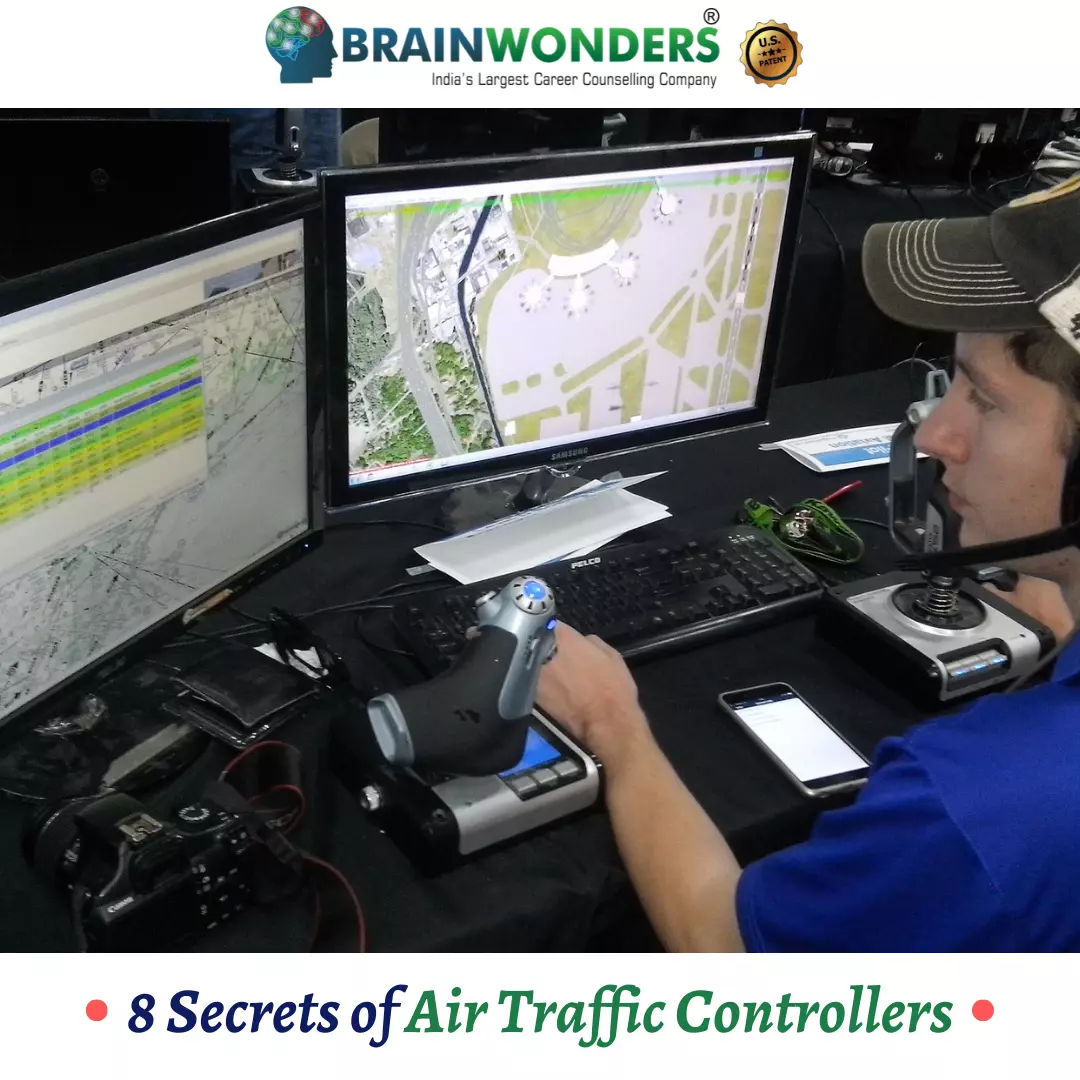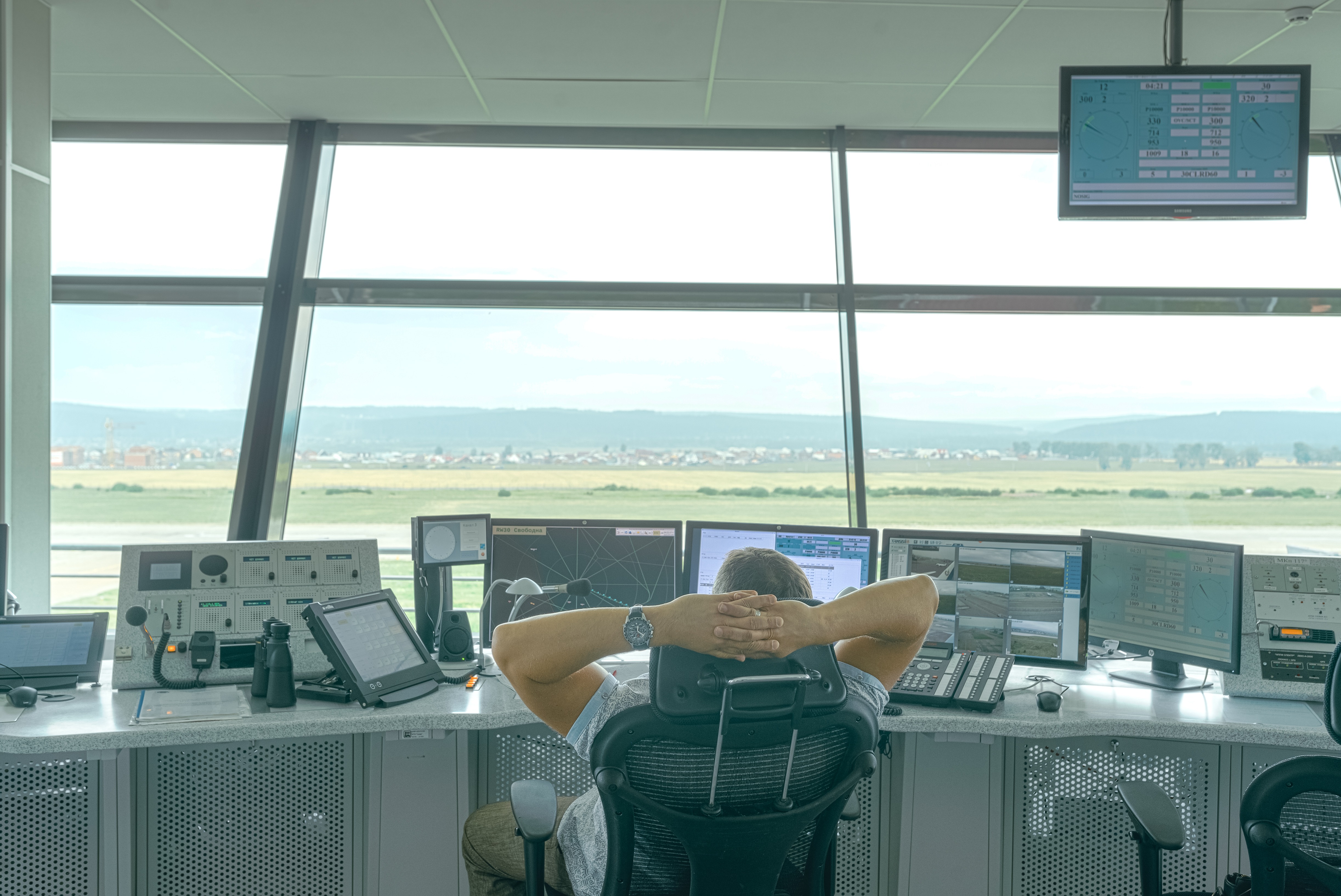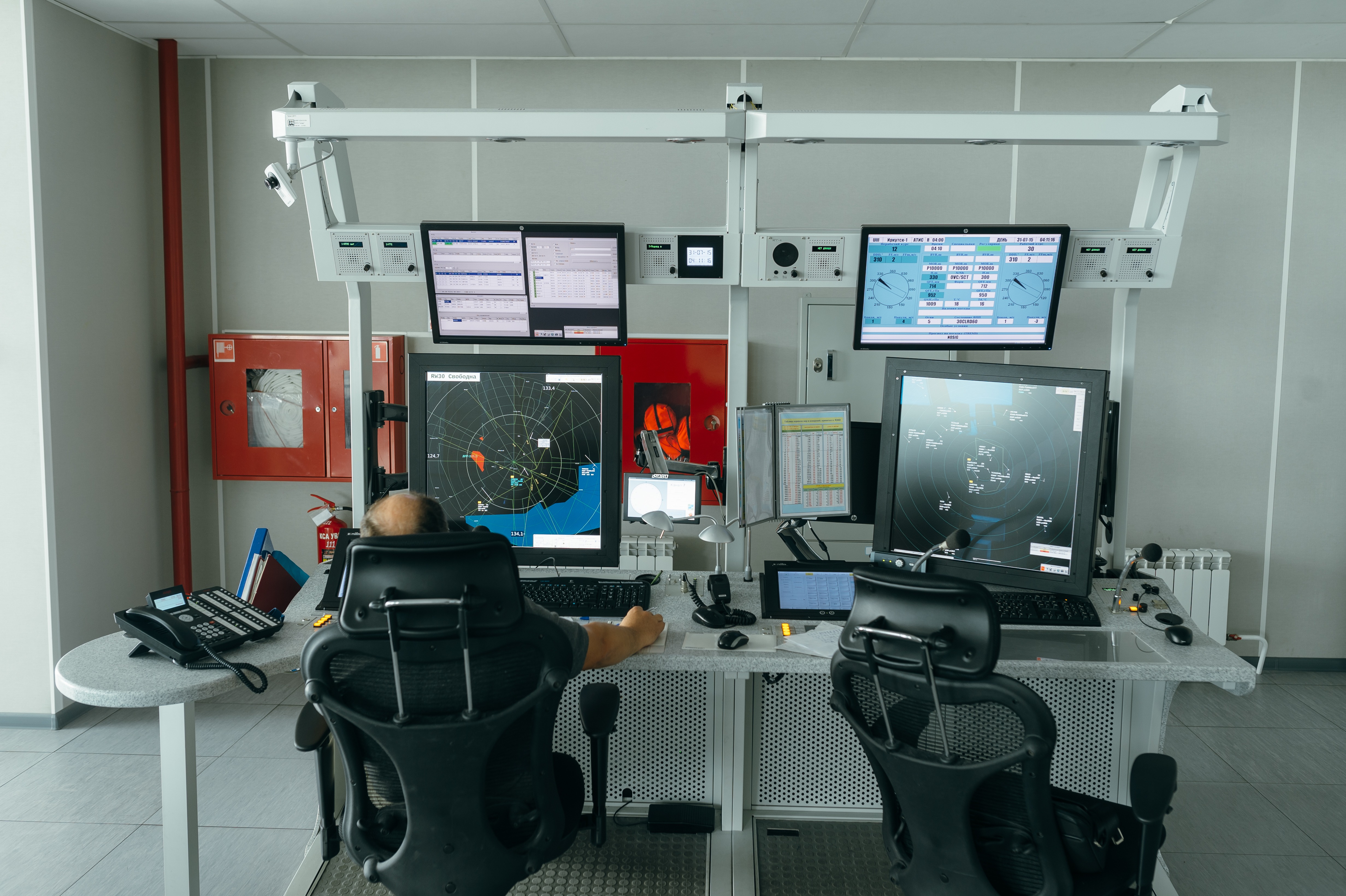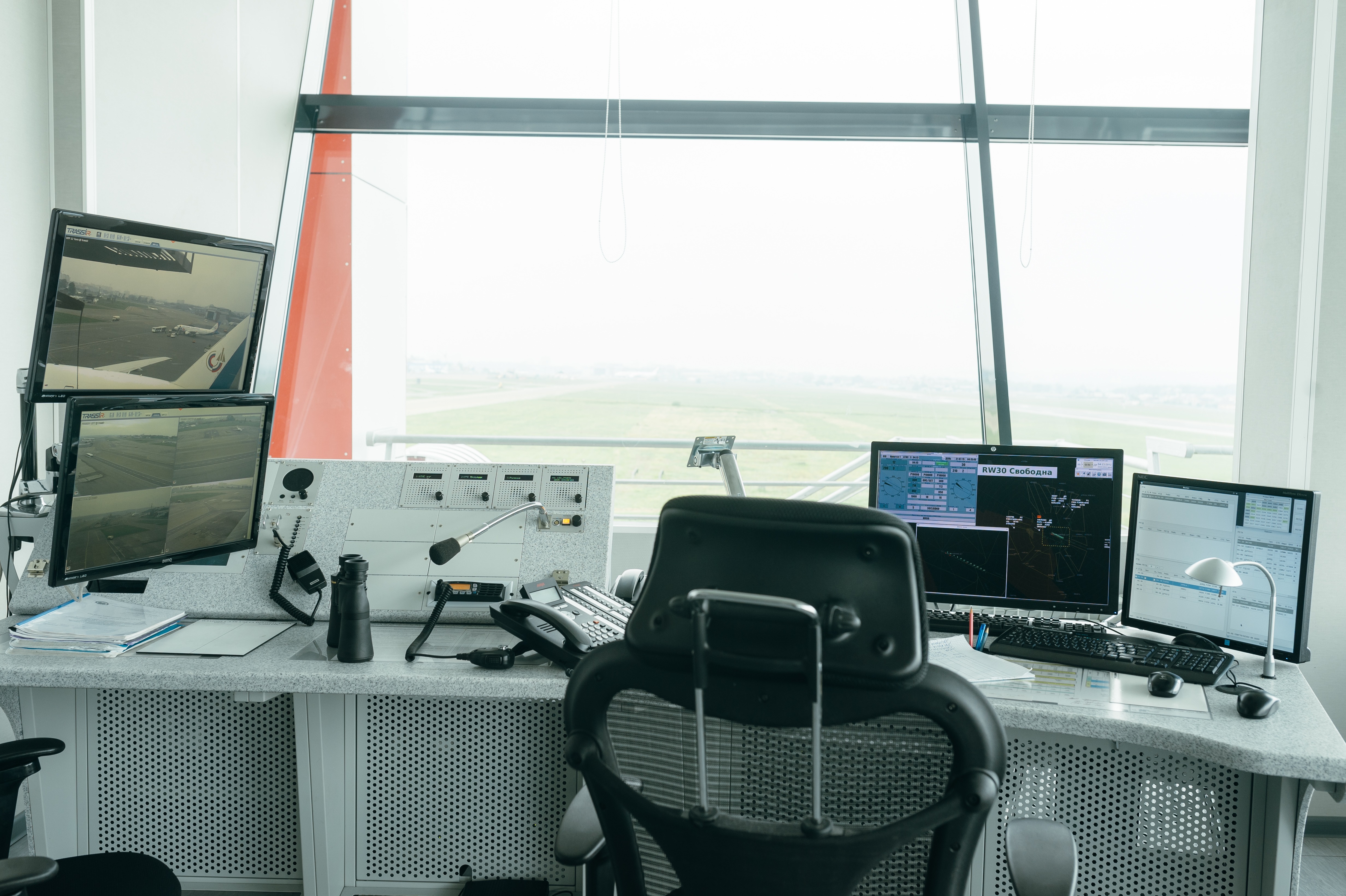

We have a database of over 11,000 colleges all over India.
Connect with us to find your perfect fit!
Blog
01 December,2021 | By Brainwonders

Air traffic controllers are critical members of the commercial aviation industry. They are in charge of safely guiding aeroplanes and are also known as air traffic control specialists. They monitor aeroplane speed and trajectory while relaying directions to pilots. Even if you're aware of their basic job description, there are undoubtedly certain things you don't know about air traffic controllers. Here are five interesting facts about air traffic controllers.

Most air traffic controllers are expected to take a half-hour break every 90 to 120 minutes to avoid fatigue. These pauses are not voluntary. They are required. The reason for this is that air traffic controllers can feel exhausted after working for extended periods. With mandated breaks, air traffic controllers will stay invigorated and refreshed, resulting in less weariness.

According to the Federal Aviation Administration (FAA), approximately 14,000 air traffic controllers are now employed in the United States. They usually work from a tall tower overlooking an airport. Across the country, there are hundreds of airports, several of which include an air traffic control tower. These air traffic control towers are outfitted with radio transmitters and receivers that allow them to communicate with planes.
Recommended Read: Career in Interior Designing, Courses, Colleges
Enrollment in the FAA's air traffic controller training programme is limited to anyone above the age of 18. Aspiring air traffic controllers must be 30 years old or younger to enrol in the programme. Because of the technical nature of this work, substantial training is required. The FAA understands that those over the age of 30 are less likely to finish the training programme. As a result, the maximum training age is 30.

While all air traffic controllers are responsible for guiding flights safely, there are various positions available. Local air traffic controllers are those who work in an air traffic control tower, for example. There are also ground air traffic controllers, who, as the name suggests, work on the ground. They offer taxing directions so that planes can take off and land safely. Flight data is another career position. Squawk codes from aeroplanes are received and analysed by flight data air traffic controllers.
When speaking with planes, air traffic controllers employ their language. Radiotelephony is a type of slang or jargon that is widely known by pilots and other aviation professionals. The phrase "wilco," for example, indicates that a message was received.
Recommended Read: How to become an Aircraft Maintenance Engineer
Although air traffic controllers rely on radar and other technology to accomplish their jobs, they are unlikely to be replaced by technology anytime soon. With so many lives at risk, air traffic control will almost certainly always require humans to verify that automated systems work effectively and that technology does not fail. And controllers love the sense of accomplishment that comes from applying their knowledge and skills to safely transport passengers from point A to point B.
Visit Page: Take the world’s most-advanced Career Counselling and Discover Your Potential!
Because aviation operates 24 hours a day, seven days a week, the night skies must also be monitored. An air traffic controller works part of the night and sleeps the rest of the time in a bedroom near the operations room or the tower. Controllers must be well-rested and given adequate breaks. Air traffic controllers are not permitted to work for more than 2 hours and 20 minutes without a break during the day.
If the sky over the airport is extremely congested owing to bad weather or delays, aircraft may be detained in a "stack" or "holding" pattern before landing. Schiphol has three of these locations where planes fly in "holding patterns" to wait. Because each aircraft operates at a different altitude, several aircraft can fly the same pattern in the same stack. When it is safe to land, the aircraft in the bottom layer exits the holding pattern and approaches the runway. The planes above it then drop to the next tier.
Fill the form to know how!